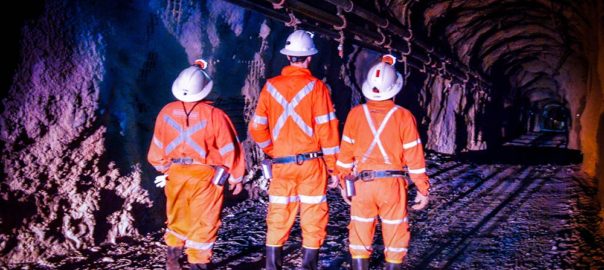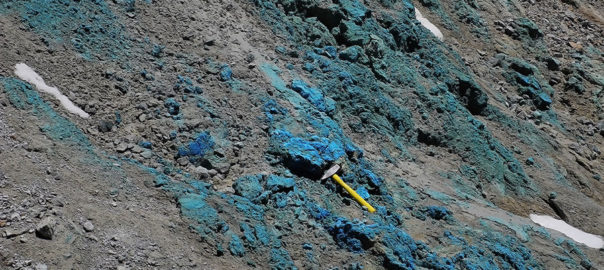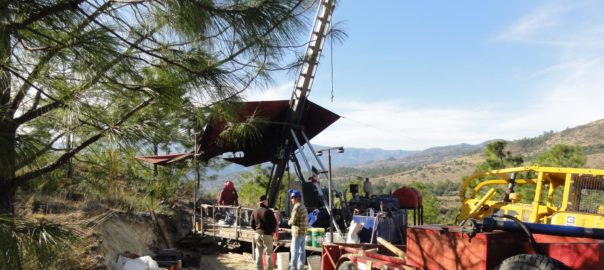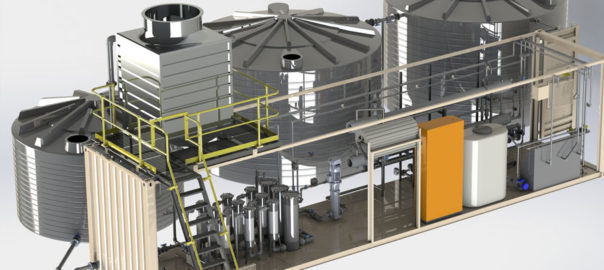The US Army Corps of Engineers has issued a Section 404 Water Permit for Hudbay Minerals’ Rosemont copper project in the US, the mining company says.
Rosemont has already received the Final Record of Decision from the US Forest Service (USFS), a process that involved 17 co-operating agencies at various levels of government, 16 hearings, over 1,000 studies, and 245 days of public comment resulting in more than 43,000 comments.
The company said: “Now that the 404 permit has been issued, Hudbay expects to receive Rosemont’s Mine Plan of Operations from the USFS shortly and looks forward to moving the project into development.”
Rosemont, around 48 km southeast of Tucson, Arizona, is envisaged as an open-pit mine producing copper, molybdenum and silver. It is expected to have an annual average life of mine copper production of 112,000 tons (101,605 t).
The Rosemont site will include a processing plant and associated facilities, transmission lines for power and water, the pit, and waste rock and dry-stack tailings storage facilities.
“Best available demonstrated control technologies will be the hallmark of Rosemont,” Hudbay said. “These technologies will contribute to maximising production while minimising environmental impact. At Rosemont, this will include the use of dry-stack tailings – a technology that significantly reduces water use and improves reclamation – along with leading-edge lighting designs to maintain dark skies, solar energy as a source of power, dust collectors with cartridge filters and trucks with Tier 4 engines to ensure compliance with air quality standards.”
Alan Hair, Hudbay’s President and CEO, said: “The receipt of Rosemont’s 404 Water Permit is a major milestone in our efforts to build a modern mine that will fulfil the requirements of its permits, create jobs and provide benefits for all of our stakeholders.
“We appreciate the diligence that the Army Corps has put into its consideration of Rosemont’s permit application, and look forward to advancing Rosemont into construction.”
Hudbay said it would continue to execute its plan regarding the Rosemont project and provide updates as developments warrant.















